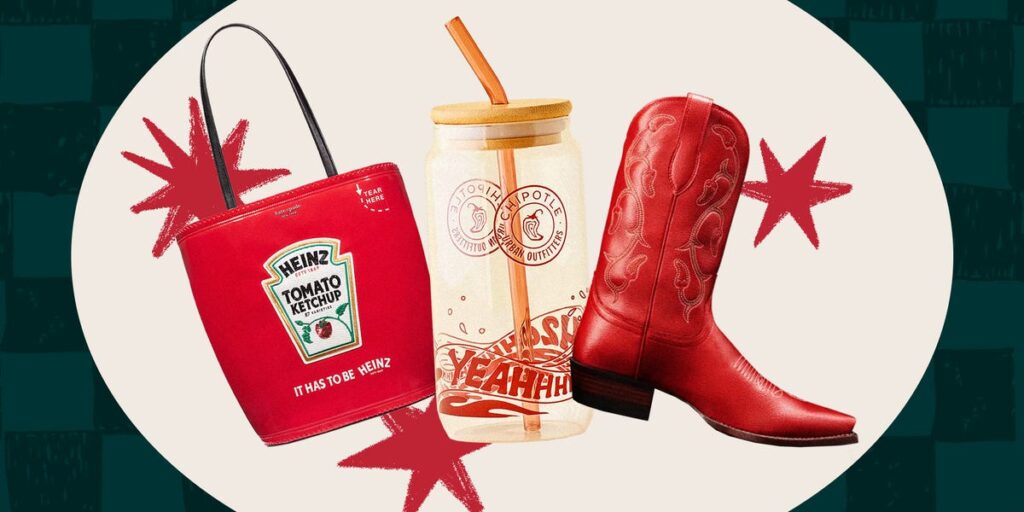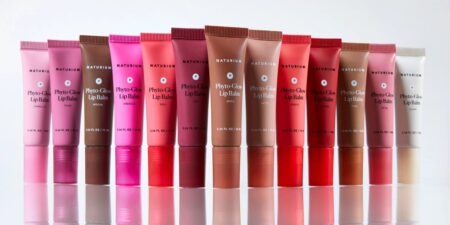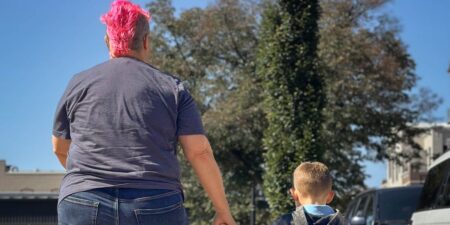Brand crossovers are everywhere right now — and getting weirder.
Kate Spade released crossbody bags in the form of giant Heinz ketchup packets. Urban Outfitters released a back-to-school dorm collection with Chipotle that included a lamp shaped like a bag of chips and a metallic blanket that lets you wrap yourself up like a burrito. And Tecovas released $345 cowboy boots made with the same red vinyl used for Chili’s restaurant booths and stamped with chili peppers, of course.
While collaborations like this aren’t new, branding experts said the recent — and unexpected — crossovers show just how hard it is for brands to break through the noise. Capitalizing on another brand’s “cool” can up the cultural relevance of both — but they have to watch for pitfalls.
“We have so much information coming at us every which way from our phones and laptops and everything in between,” said Anna Crowe, brand strategist and CEO of Crowe PR. “So we see these brands coming together to really create this unique, dynamic effect and get the attention of customers.”
Brand crossovers can be a relatively straightforward way to broaden a customer base. If two brands share some common through-line and a collaboration feels natural, it can be an effective way to tap into each other’s audience or double down on the existing audiences they share.
A straightforward example is Oreo and Reese’s, which launched new treats in August that combined the flavors of both iconic brands. Oreo previously told Business Insider that it hopes to leverage the partnership to tap into Reese’s cache with Gen Z.
However, even when two brands don’t necessarily seem like a natural fit, experts said they’ll typically share something that makes the crossover work, like a similar audience or a shared value.
You don’t immediately think of designer handbags when you think of a Heinz condiment, but Megan Lang, head of global Heinz brand communications and creativity, told Business Insider in an email that the crossover with Kate Spade was “grounded in shared brand values — mastery, craftsmanship, and a commitment to the highest quality.”
The collaboration between Chili’s, a restaurant chain, and Tecovas, which sells cowboy boots for several hundred or even thousands of dollars, seemed a bit random to some consumers online. But the boots and belt in the collection sold out within minutes. Crowe said the campaign was successful because its messaging tapped into an “homage to Americana” that felt true to both brands.
Great crossovers tap into emotions or nostalgia
The best collaborations create an emotional connection with the audience, the branding experts said.
“It creates this combined dopamine effect: getting people excited, and then those positive feelings get connected back to the brand that’s introducing them,” Eric Schiffer, an expert in brand strategy and chairman of Reputation Management Consultants, told Business Insider.
As for why there seem to be so many crossovers between food and fashion brands, it could be because both are key parts of everyday life and pop culture, Crowe said. Both feel deeply personal — fashion is expressive, while food is emotional and nostalgic.
For McDonald’s recent collaboration with Pac Sun, which included vintage-inspired tees plastered with hamburgers, the announcement said that both brands were “rooted in nostalgia,” a concept that often comes up in recent collaborations.
A coming Taco Bell-Hollister collaboration, which will be officially unveiled later this year, is also betting that Y2K-era nostalgia will reel in customers, Taco Bell CMO Taylor Mongtomery told Business Insider.
Watch out for Gen Z’s authenticity radar
Crossovers generally have different goals: to surprise and delight fans, make headlines, or reposition a brand to a new audience. Authenticity is essential for any of them to be successful.
Pick the wrong brand, and a brand crossover could feel like a reach for attention. Pick the wrong time or do too many collabs, and it could come off as a bit much.
“Hopefully you’re coming from a position of strength, not a position of desperation,” said Michael Goldberg, professor of design and innovation at Case Western Reserve University’s Weatherhead School of Management.
Crowe said she thinks “Gen Z especially has a radar for inauthentic moves that brands can make and can be very vocal about it online.” She said the storytelling used in the campaign can be just as important as the mash-up itself.
Business Insider previously reported that Gen Z, in particular, demands well-integrated authenticity from marketing campaigns.
While many crossovers aim to go viral, Crowe said that online attention can often come as quickly as it goes. Ideally, brands should think about how that collaboration fits into their long-term strategy and ensure it doesn’t dilute the overall brand identity.
Brands looking for inspiration could consider looking to the “ultimate cross-brand collaboration,” as Schiffer put it, Taylor Swift and Travis Kelce. The popstar and football star announced their engagement last month after two years of their relationship dominating headlines.
“That’s a one plus one equals 10. In that case, it’s not only positive, but both coming together create something bigger than the parts,” Schiffer said, adding they are “highly emotionally intelligent brand managers who know their audience cold.”
Read the full article here
















